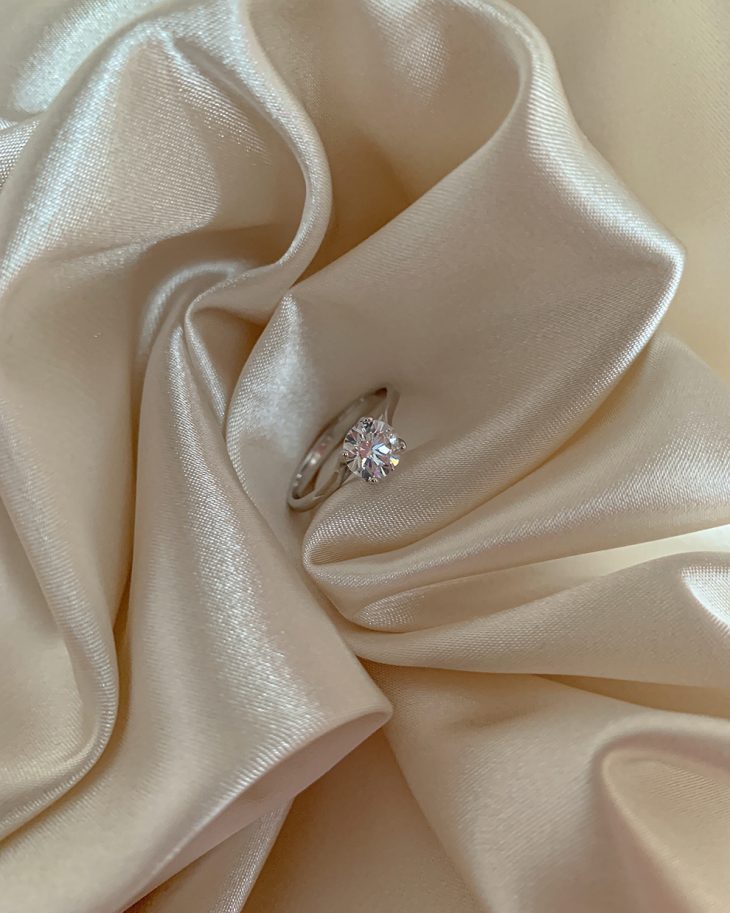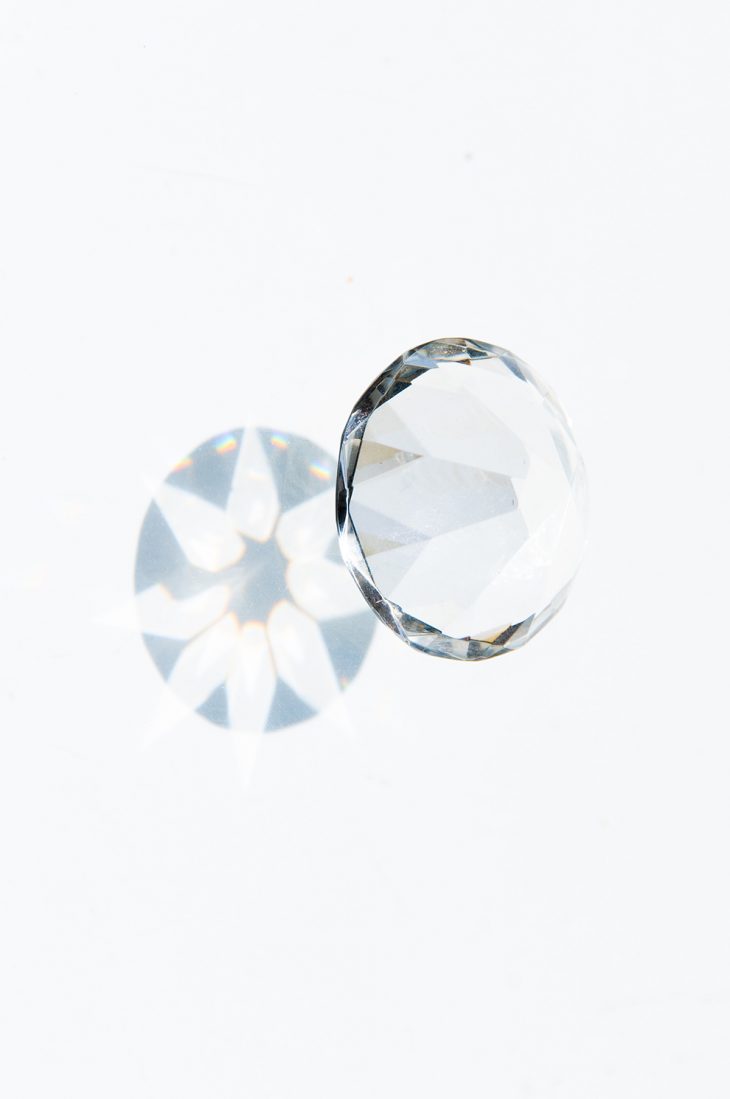
Big diamonds have an air of romance and if you want to surprise your partner, you will want to buy them the biggest diamond you can afford. But how will you choose your diamond and – perhaps more importantly – will you be able to get a good-sized diamond for a reasonable price? Let us take a look at what you need to know before buying a big diamond.
The Four Cs
Once you start looking into purchasing a diamond, you will come across the four Cs of diamond ratings: cut, color, clarity and – the big one, pun absolutely intended – carat. Now, even though you want a big diamond, you must understand the other Cs and know why the size of the diamond is often the last point considered by diamond buyers. It is because a very good color stone (say, D, E, or F) with few flaws or inclusions (clarity ratings of F/IF or VVSI) and with the best possible cut to enhance the two features above can be quite small, carat-wise, but still be worth a lot of money, and conversely, a poorly cut, tinted and included stone that is very large could be surprisingly cheap – but not a good buy, despite that low price!
The Importance of Cut
The cut of a diamond deserves special mention, and not just because the right cut removes any flaws or inclusions in a diamond. The shape the diamond is cut into can make the finished stone look bigger or smaller, depending on the depth of the cut. Deep cuts have less surface area facing up on the stone, while shallower or differently shaped cut have bigger faces (or tables) which are the part of the stone on display once the diamond has been set. For example, a marquise-cut stone and a round brilliant stone of the same carat weight will appear to be very different in size, with the deep brilliant cut seeming about half the size of the football-shaped marquise-cut stone. Therefore, opting for a shallower cut can give you an apparently bigger stone for less money! Check out the Whiteflash 4 carat diamond guide to see some beautiful examples in various cuts.

What Flaws to Accept
Finally, while the dream might be to get an enormous and flawless stone, the reality is that you will almost certainly have to accept some flaws unless you have a very large bank balance! Depending on your personal choices, there are some factors that you can all but dismiss, but even purists can lower their expectations and end up with a very good-looking stone for much less if they make some allowances. Once set into a ring, it can be quite hard, even for experienced jewelers, to distinguish between D, E and F color stones, and those that are H, I or J color. Inclusions can be tolerated if they are small and have little effect on the sparkle thrown out by the diamond, and these can be as low down on the scale as VSI2 before their size or positioning makes a real difference to the look of your stone. Do avoid flaws that are rated higher than this as they can be a sign of internal weaknesses which will cause your diamond to fracture under the wear and tear of daily life.
So now you know what to look out for with your big diamond ambitions, you should be able to choose your large stone with confidence, and go ahead and surprise your partner with a truly massive diamond to show your love!



